
Ever stood in your kitchen, potato in one hand, recipe in the other, wondering if you’re about to turn your gluten-free cake into a gluten gamble? It’s a real question, especially when so many gluten-free recipes mention potatoes or potato flour. Here’s the bottom line: potatoes, in their natural form, are totally gluten-free. That means plain old spuds you pick up at the market or dig out of your pantry are safe for anyone dodging gluten.
But (there’s always a but), things can get messy once potatoes hit the factory or even your own kitchen. Fries, chips, instant mashed potatoes, or even pre-shredded potatoes might have sneaky gluten lurking from seasonings, binders, or just being processed in a shared facility. So if you're really sensitive or baking for someone with celiac, those little details matter big time.
Using potato flour or starch in cakes isn’t just about avoiding gluten either—it can completely change the texture. Potato starch, for example, locks in moisture and makes gluten-free cakes super tender. So if you want that soft bakery-style crumb, it’s a secret weapon. Just scan those labels before tossing anything in your bowl, and keep any gluten-filled flour far away while you prep. Your cake—and your tummy—will thank you.
- What Actually Is Gluten?
- Potatoes: Gluten-Free or Not?
- Potato Forms Used in Baking
- Cross-Contamination and Store-Bought Potato Products
- Potatoes in Gluten-Free Cake Recipes
- Tips for Choosing and Using Potatoes Safely
What Actually Is Gluten?
People talk about gluten like it’s this evil thing hiding in your favorite snacks—but what is it, really? Gluten is just a type of protein you’ll find in wheat, barley, and rye. It’s what gives regular bread that stretchy, chewy bite. The power of gluten is how it traps air as dough rises, which is why wheat bread pulls apart all fluffy and elastic. Take away gluten, and you’re suddenly dealing with crumbly, dense bakes. That’s why it’s such a headache trying to get gluten-free cakes to feel soft and light.
Here’s a simple list of where gluten lives (and where it doesn’t):
- Wheat (white, whole wheat, spelt, farro—if it says “wheat,” it’s got gluten)
- Barley (think of beer, malt, soups, some cereals)
- Rye (classic in certain breads and crackers)
Stuff like rice, corn, and—yep—plain potatoes are totally gluten-free. The problem: gluten hides out in processed foods where you might not expect it, like in sauces or spice mixes, because wheat works as a thickener.
If you have celiac disease or a gluten intolerance, eating even a tiny bit can set off symptoms like stomach pain, bloating, or worse. That’s why people get picky about every ingredient, including ones that feel harmless. If you’re aiming for safe baking, understanding where gluten shows up is the first step before you even think about what goes into your next cake.
Potatoes: Gluten-Free or Not?
Here’s the straightforward answer: regular potatoes are totally gluten-free. Gluten is a protein you only find in things like wheat, barley, and rye. Potatoes aren’t in that club at all. That means whether you're talking about russet, red, Yukon Gold, fingerling, or even sweet potatoes—they do not have gluten, period, in their natural state.
But if you’re serious about eating gluten-free, what really matters is what happens to those potatoes before they hit your plate or your cake batter. The problem starts popping up with anything prepped, processed, or flavored. Fact: A survey in 2023 showed about 18% of processed potato products like fries or hash browns had gluten listed in their ingredients—that’s a risk you don’t want in your gluten-free cakes.
| Potato Product | Usually Gluten-Free? | Common Risks |
|---|---|---|
| Raw potatoes | Yes | None |
| Instant mashed potatoes | Sometimes | Added thickeners (may contain wheat) |
| Frozen fries or wedges | Sometimes | Batter, seasoning crossed with wheat |
| Potato flour/starch | Yes (if labeled GF) | Cross-contamination |
If you want a shortcut: always look for a gluten-free label if you’re buying anything besides the plain whole potato. Regulations now require clear ingredient listings, making it easier to avoid hidden wheat or barley flour. For anyone especially sensitive, you might want to opt for products certified gluten-free by trusted groups like the GFCO.
Bottom line? You can put potatoes or their starch in your gluten-free cake without worry—as long as there’s no sneaky gluten from processing, handling, or labeling slip-ups. When in doubt, stick with fresh, rinse them well, and keep your baking space clear of gluteny crumbs.
Potato Forms Used in Baking
When it comes to gluten-free baking, potatoes aren’t just the humble veggie you mash or roast for dinner. They actually show up in a bunch of different ways in your kitchen, and each one can change your cake’s texture for the better. If you’ve ever baked a gluten-free cake that’s dry or crumbly, these potato forms could be game changers.
Here’s a quick breakdown of the most common potato forms you’ll spot in baking:
- Potato starch: This ultra-fine white powder is made by washing and extracting the starch from potatoes. It’s famous for making cakes extra soft and fluffy. Big bonus? Potato starch is naturally gluten-free, and it helps cakes hold moisture a lot better than plain rice or corn starch.
- Potato flour: Don’t confuse this with potato starch! Potato flour is ground from whole, dried potatoes. It has a strong earthy flavor and is heavier, so it usually gets mixed with other gluten-free flours. Used right, it adds a rich, slightly chewy texture to cakes, but use too much and things might go dense real fast.
- Mashed potato: Some old-school gluten-free cake recipes use real mashed potatoes for a super moist texture. No joke—it’s a secret trick to make cakes stay fresh for a few days. Just make sure they’re plain mashed potatoes, not loaded with butter, milk, or seasonings.
- Potato flakes or instant potato: These are just dehydrated potatoes (and yes, they’re safe—if they don’t have any weird flavorings or additives). Potato flakes dissolve into the batter and keep gluten-free cakes from getting dry and crumbly.
If you’re curious which form works best, check out this table for a side-by-side of their usual roles:
| Potato Form | Main Use | Texture Impact | Notes |
|---|---|---|---|
| Potato Starch | Binding, moisture | Light, tender crumb | Works well as a partial flour replacement |
| Potato Flour | Structure, chewiness | Dense, rich texture | Best with other flours; strong taste |
| Mashed Potato | Moisture, softness | Very moist, stays fresh longer | Use plain mash only |
| Potato Flakes | Binding, filler | Prevents dryness | Check for gluten-containing additives |
A quick tip: always double-check those labels. Even if the potato itself is gluten-free, things can change fast with flavorings or cross-contact in factories. Keep it simple and you’ll be baking safer—and tastier—cakes.
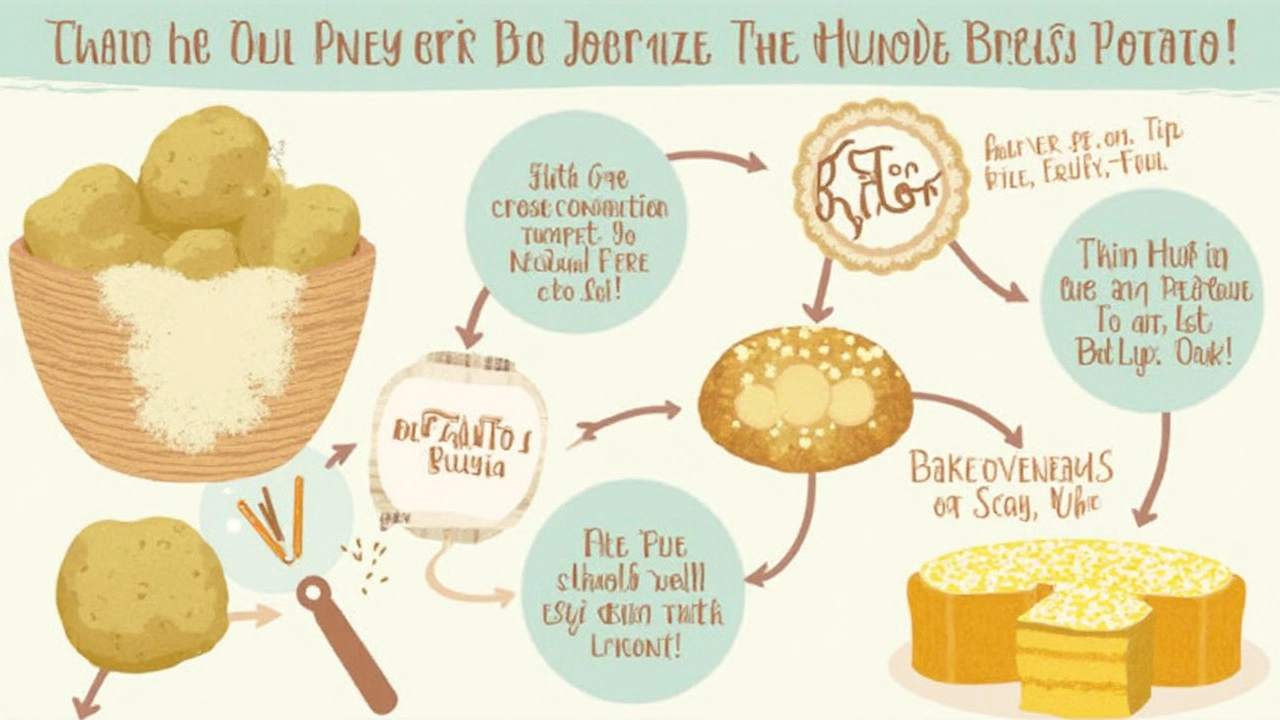
Cross-Contamination and Store-Bought Potato Products
You’d think grabbing a bag of potatoes or a box of instant mashed is all it takes to keep things gluten-free, but the real world loves to complicate things. Cross-contamination is the big headache here—especially with anything that’s not a plain, whole potato. Even tiny crumbs from gluten can be a problem for people with celiac or strong sensitivities.
Let’s talk about what actually happens. Most big snack factories use shared equipment to make both regular snacks and gluten-free foods. That means your potato chips, fries, or even some brands of potato flakes could get dusted with gluten from breaded or battered products on the same line. A 2023 report from an allergy-friendly food group showed that close to 28% of "plain" potato products they sampled had trace gluten over safe celiac levels. That’s not something you want to risk when you’re baking for sensitive folks.
So, what should you look out for when you’re shopping?
- Labels matter. Only buy potato products with a certified gluten-free label, especially if it’s something processed like hash browns or French fries.
- Read the ingredients. Watch for sneaky sources of gluten listed as seasonings, flavorings, or stabilizers.
- Check for "may contain" warnings. If it mentions wheat or gluten, skip it.
- Stick to brands you trust. Some brands have dedicated gluten-free lines, and some even list their allergy protocols online.
- Bake from scratch when you can. If you have a choice, whole potatoes are your safest bet.
Here’s a quick table to show which potato products are usually safe and which ones are a gamble if you need gluten-free:
| Potato Product | Gluten-Free? | Check For |
|---|---|---|
| Whole raw potatoes | Yes | Nothing—just rinse and go |
| Frozen fries | Depends | Breading, shared fryers |
| Potato chips | Depends | Seasonings, cross-contact |
| Instant potato flakes | Depends | Additives, flavorings |
| Pre-made mashed potatoes | Depends | Thickening agents |
It really comes down to this: the more processed a potato product gets, the more likely it is to run into gluten somewhere along the way. If you’re baking a gluten-free cake, keep those risks low by starting with scratch ingredients—your results (and your gut) will be happier for it.
Potatoes in Gluten-Free Cake Recipes
If you’ve never tried putting potatoes in a cake, you’re missing out—seriously. Both cooked, mashed potatoes and potato flour or starch are lifesavers for anyone baking gluten-free cakes. Why? Regular wheat flour brings that classic cake texture because of its protein, gluten. When you take gluten out of the picture, you need something to make your cake light, moist, and not crumbly. Potatoes do that job really well.
Mashed potatoes make cakes super moist. Think carrot cake, but swap carrots for potatoes. They add almost no potato flavor, so it’s all about the soft, rich feel. Potato flour is a different ingredient—it’s simply dried and ground whole potatoes. Potato starch, on the other hand, comes from just the starch of the potato and is even finer and lighter. Both flours are 100% gluten-free, if you buy them from trusted brands that test for cross-contamination.
Here's what makes potatoes shine in gluten-free baking:
- They boost moisture and hold cakes together, so you avoid dry, crumbly slices.
- Potato starch gives a tender, fluffy texture because it traps air and moisture during baking. That’s why it’s often in boxed gluten-free cake mixes from big brands you see at the store.
- Potatoes are naturally cheap and easy to find, compared to some fancy gluten-free flours.
- They’re safe for most folks with celiac disease or gluten-intolerance—just check for hidden gluten on packages.
If you’re swapping in potato flour or starch for regular flour, don’t do a straight 1:1 swap. Potato flour is much denser. Start with about ¼ cup of potato flour per cup of all-purpose flour you’re replacing, then mix it with lighter flours like rice or cornstarch. For potato starch, it’s usually used alongside other flours, not on its own.
Check this quick breakdown of how potato ingredients compare in gluten-free cakes:
| Ingredient | Role in Cakes | Gluten-Free? | Common Amount |
|---|---|---|---|
| Mashed potato | Adds moisture and softness | Yes | ½–1 cup (per 9-inch cake) |
| Potato flour | Binds, keeps cake from crumbling | Yes | ¼ cup (blend with other flours) |
| Potato starch | Makes cake light and tender | Yes | ¼–½ cup (blend with other flours) |
When searching for a new gluten-free cake recipe, don’t be scared of seeing potato in the lineup. If there’s any aftertaste, it’s usually masked by chocolate, vanilla, or fruit flavors. Want to experiment? Next time you’re baking, try adding half a cup of cooled, mashed potatoes to your batter—just reduce liquids a bit to keep the cake from turning gummy. You’re on your way to fluffy, gluten-free slices everyone can enjoy.
Tips for Choosing and Using Potatoes Safely
Picking the right potatoes and using them safely is pretty simple once you know the deal. If you want your gluten-free cakes to be worry-free, you’ve got to start with the basics: pure, fresh potatoes. Skip anything with added flavors or coatings from the store, because those can hide unexpected gluten.
When shopping, look for potatoes that are firm, smooth, and free from weird spots or green tints. Go for unwrapped spuds instead of those in seasoned microwave packs. If you're using potato flour or starch in a gluten-free cake recipe, flip that package over and check for a “gluten-free” label—those come from facilities that avoid cross-contamination and might be safer for anyone super-sensitive to gluten.
- Always rinse potatoes really well if they’ve been sitting in a dusty sack—farm dirt can carry things you don’t want in your cake.
- Peel potatoes yourself rather than using pre-cut versions, since many packaged varieties are prepped in plants that also handle wheat products.
- Wash cutting boards, peelers, and knives so no traces of regular flour end up on your potatoes.
- If using instant potato products (like flakes or mix), go for ones that clearly state they're gluten-free, and double-check the ingredient list for anything suspicious, like “modified food starch” or wheat derivatives.
- Stored potatoes should be kept in a cool, dark, dry place—this helps them stay fresh and safe to eat longer.
If you’re really strict, check supplier websites, since some brands show off lab testing results for gluten (usually 20ppm or less is considered gluten-free). No one wants random gluten sneaking into their bake.
| Potato Product | Gluten-Free Label? | Risk of Cross-Contamination |
|---|---|---|
| Fresh Potatoes | Not labeled, always naturally gluten-free | Very low |
| Potato Flour/Starch | Should be labeled | Medium unless certified gluten-free |
| Instant Potato Mix | Varies | High without gluten-free label |
Keep it simple with pure potatoes and check every label if you’re buying anything packaged. That’s how you make sure those cakes stay truly gluten-free and safe for everyone to enjoy.


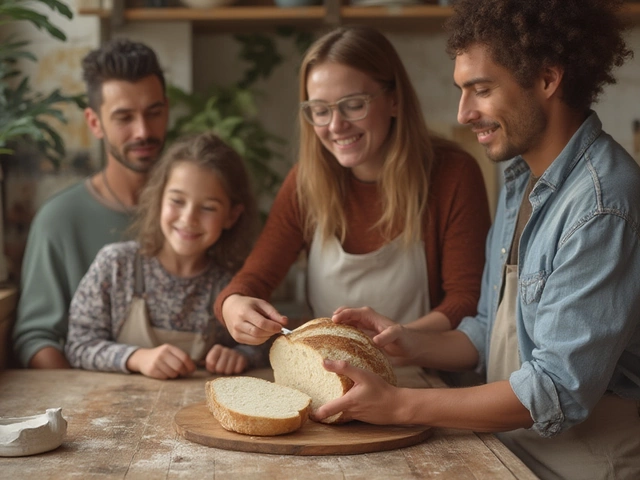
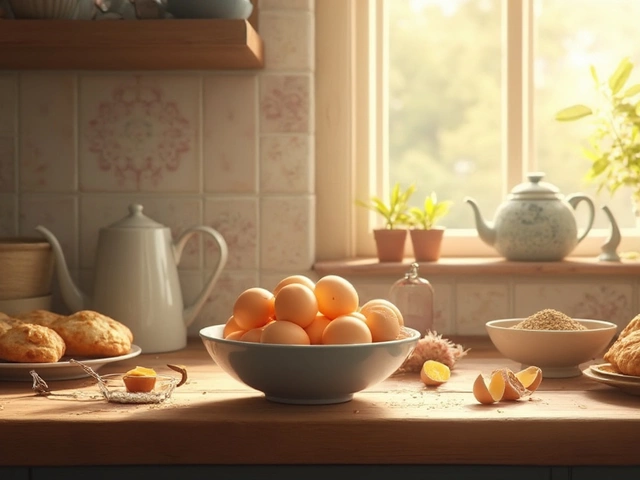
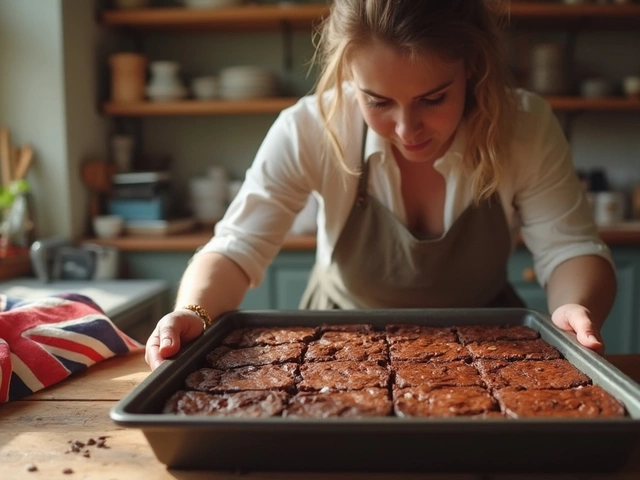
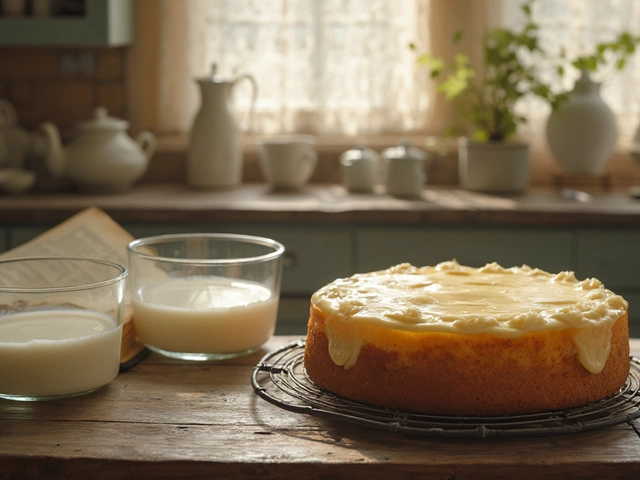

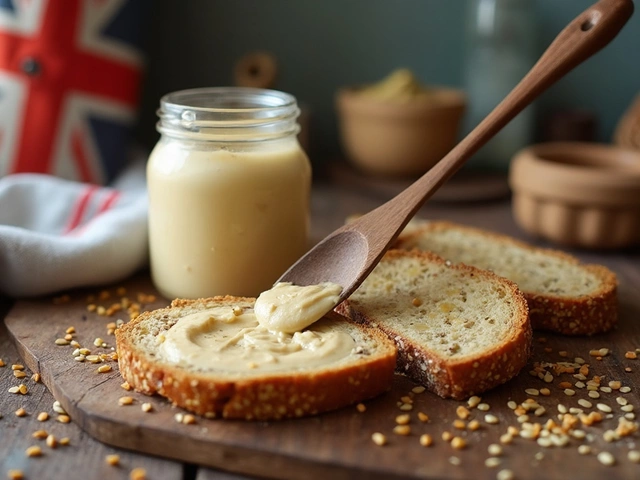
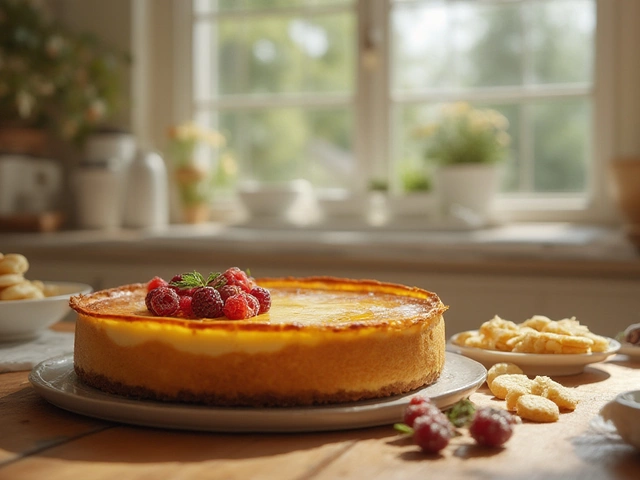
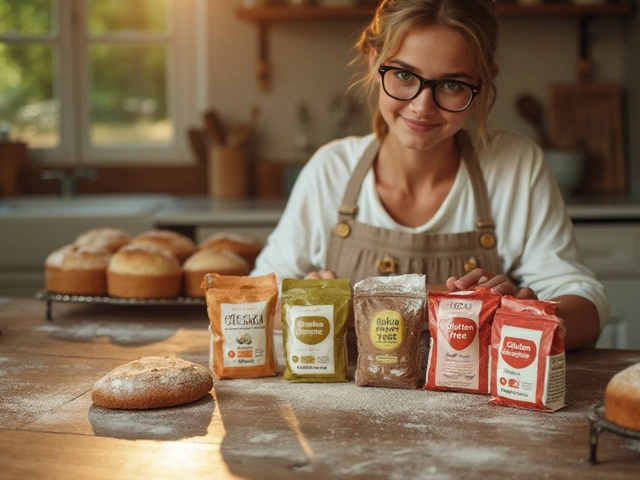
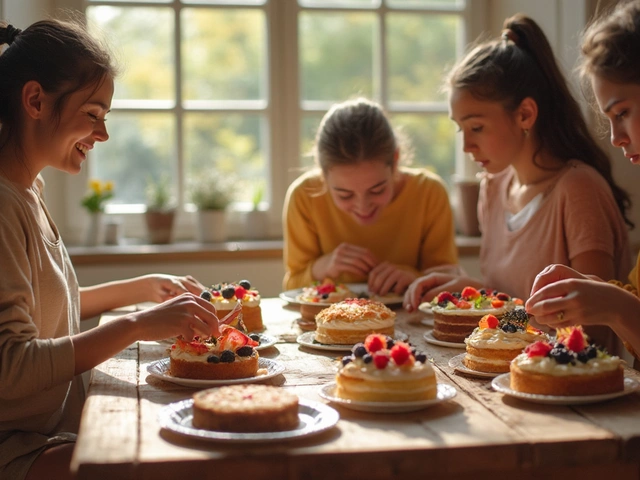
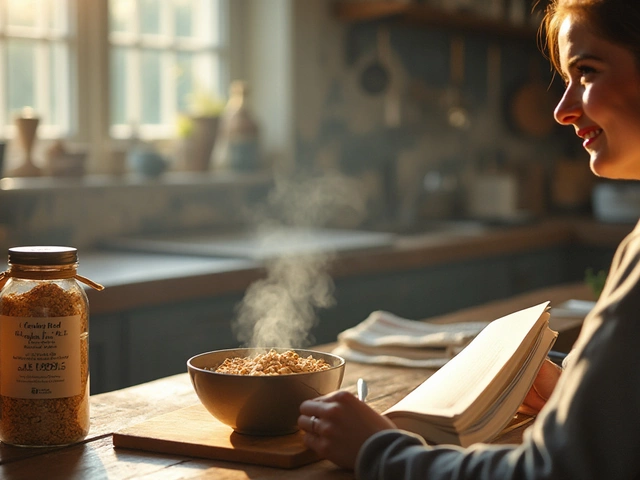
Write a comment